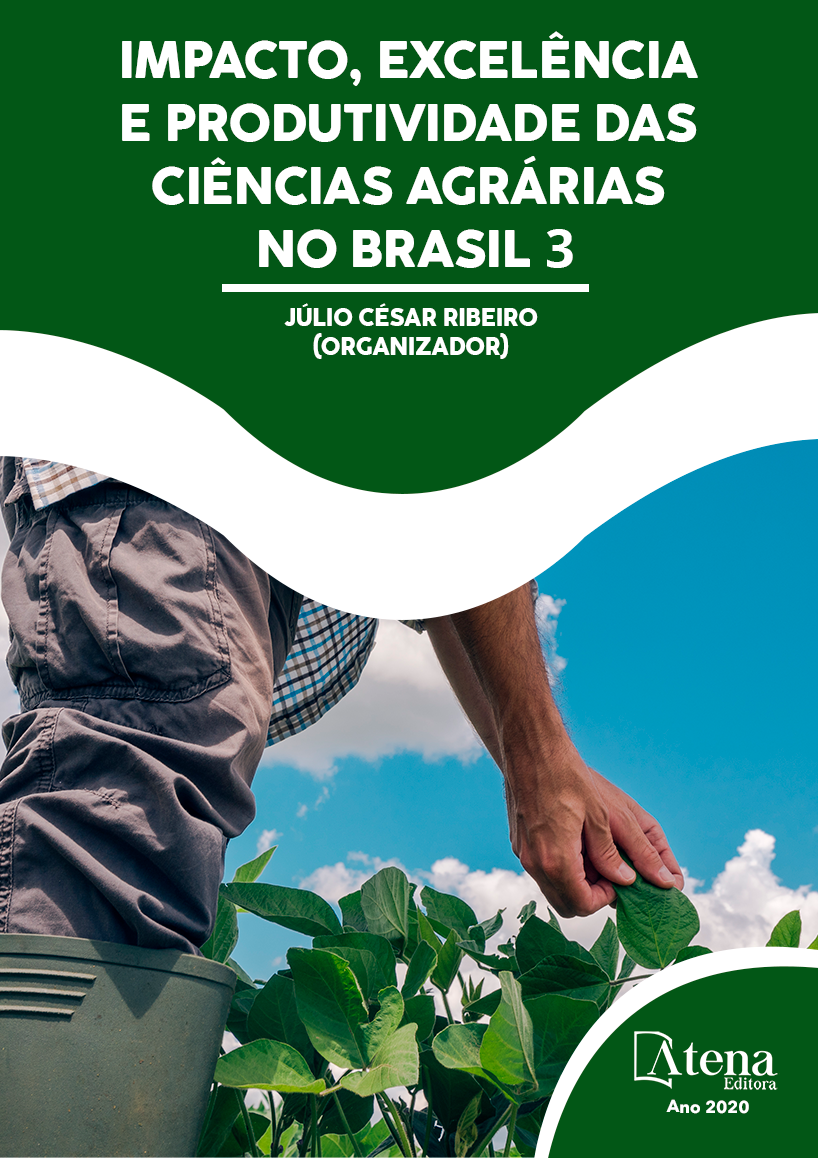
CINÉTICA E MODELAGEM DE SECAGEM DA HORTELÃ-DA-FOLHA-MIÚDA (MENTHA x VILLOSA HUDS) EM SECADOR DE BANDEJAS
A hortelã-da-folha-miúda pertence à família Lamiaceae, possui propriedades antiviral, antifúngica, antimicrobiana entre outras. Após a colheita a mesma inicia um processo de degradação irreversível, necessitando ser consumida rapidamente. Como solução, surgem os processos de desidratação, sendo a secagem convectiva um dos mais utilizados. As curvas cinéticas construídas durante a secagem geram informações importantes para o entendimento do material. Com efeito, o presente trabalho objetivou obter as curvas de cinética de secagem da hortelã. As folhas foram secas em um secador de bandejas nas temperaturas de 50 °C, com velocidades do ar de secagem de 0,56 e 2,66 m/s, e 70 °C com velocidades de 0,46 e 1,83 m/s, realizando-se pesagens até massa constante. Em seguida os dados experimentais foram ajustados por modelos matemáticos, utilizando o Statistica 5.0. A massa seca foi obtida em estufa a 105 °C por 24 h. Foram observadas curvas características de secagem e que a velocidade do ar não tem efeito no tempo final de secagem e ainda que a temperatura é inversamente proporcional ao tempo. O modelo matemático que melhor ajustou-se aos dados experimentais foi o de Henderson e Pabis, apresentando os menores valores do erro padrão da estimativa e maiores do coeficiente de regressão.
CINÉTICA E MODELAGEM DE SECAGEM DA HORTELÃ-DA-FOLHA-MIÚDA (MENTHA x VILLOSA HUDS) EM SECADOR DE BANDEJAS
-
DOI: 10.22533/at.ed.49020210510
-
Palavras-chave: desidratação; hortelã-comum; modelos matemáticos
-
Keywords: dehydration; mint; mathematical models
-
Abstract:
The small-leaved mentha belongs to the Lamiaceae family, has antiviral, antifungal and antimicrobial properties, among others. After the harvest the irreversible degradation process begins, needing to be consumed quickly. As a solution, dehydration processes arise, with convective drying being one of the most used. The kinetic curves built during drying generate important information for understanding the material. Indeed, the present work aimed to obtain the drying kinetics curves of the mint. The leaves were dried in a tray dryer at temperatures of 50 ° C, with drying air speeds of 0.56 and 2.66 m / s, and 70 ° C with speeds of 0.46 and 1.83 m / s. s, weighing up to constant mass. Then the experimental data were adjusted by mathematical models, using Statistica 5.0. The dry mass was obtained in an oven at 105 ° C for 24 h. Characteristic drying curves were observed and the air speed has no effect on the final drying time and the temperature is inversely proportional to the time. The mathematical model that best fitted the experimental data was that of Henderson and Pabis, with the lowest values of the standard error of the estimate and the highest of the regression coefficient.
-
Número de páginas: 11
- Mariana Fortini Moreira
- Eloi Nunes Ribeiro Neto
- Anna Caroline Feitosa Lima
- Tatiana Dias Romão
- Paloma Benedita da Silva
- Claudiana Queiroz Gouveia
- Josilene de Assis Cavalcante
- Wanessa Elaine da Silva Oliveira
- Herbet Lima Oliveira
- Tássio Max dos Anjos Martins
- Fernando da Silva Moraes
- Karina Soares do Bonfim


